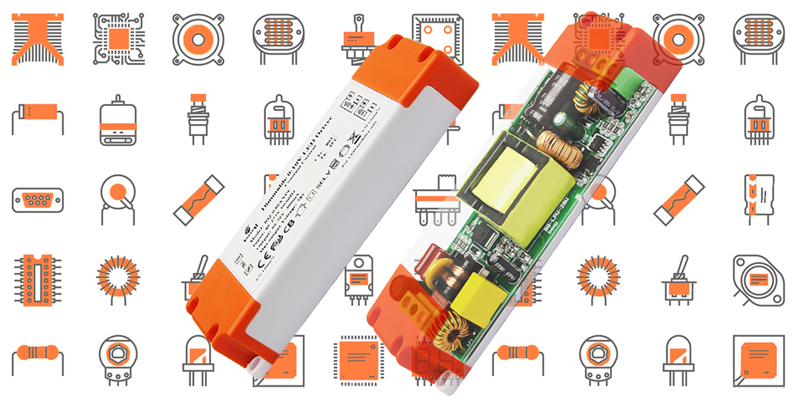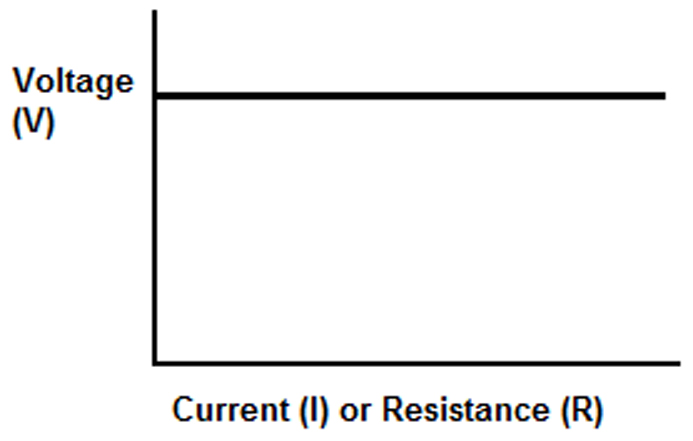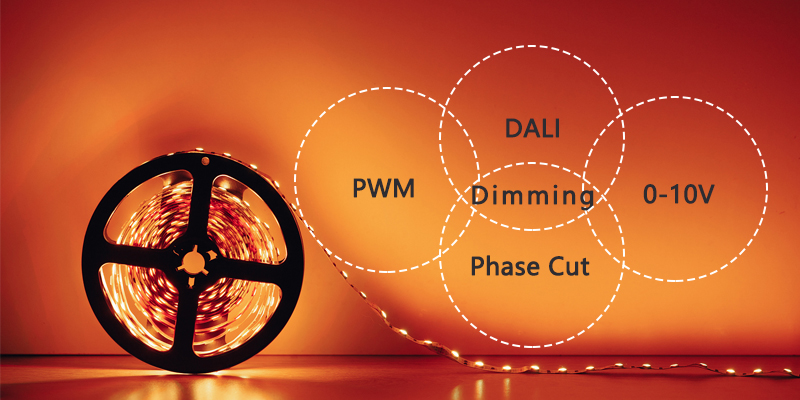
Menavigasi seluk-beluk Driver LED Pemilihan adalah topik yang sangat penting dalam bidang elektronik dan pencahayaan. Secara sekilas, prosesnya mungkin tampak mudah. Namun, menentukan driver yang tepat yang selaras dengan produk lampu yang dioptimalkan menuntut perhatian yang cermat.
Pada kenyataannya, prosedur ini mencakup beberapa tahap. Sangatlah penting untuk secara cermat memeriksa setiap langkah yang digambarkan, terutama jika tujuannya adalah untuk mengidentifikasi driver yang selaras dengan bentuk gelombang tegangan dan persyaratan kontrol fase sistem lampu LED yang canggih.
1. Penentuan Aplikasi
Pertama, sangat penting untuk membedakan apakah Anda sedang mencari driver outdoor atau indoor. Meskipun istilah "driver luar ruangan" mungkin menunjukkan eksklusivitas untuk lingkungan eksternal, istilah ini biasanya berkaitan dengan peringkat kedap air IP66 atau lebih tinggi, ditambah dengan mode diferensial 2kV dan peringkat perlindungan lonjakan mode umum 4kV. Driver luar ruangan umumnya digunakan pada lampu teluk dan pencahayaan tahan ledakan. Sebaliknya, driver dalam ruangan, jika dilengkapi dengan proteksi lonjakan yang kuat, dapat diadaptasi untuk penggunaan di luar ruangan. Namun demikian, istilah "luar ruangan" dan "dalam ruangan" tetap menjadi deskriptor umum untuk aplikasi pencahayaan.

2. Mode Arus Konstan atau Tegangan Konstan
Dalam bidang elektronik dan pencahayaan, memilih antara mode Constant Current (CC) dan Constant Voltage (CV) untuk driver LED sangatlah penting. Mode CC memastikan arus yang konsisten, sangat penting bagi LED untuk mempertahankan kecerahan dan umur yang seragam. Sebaliknya, mode CV, ideal untuk pengaturan dengan beberapa LED atau strip secara paralel, memberikan output tegangan yang ditetapkan. Setiap LED atau strip dalam desain seperti itu menarik arus yang diperlukan dari sumber tegangan ini, tetapi sangat penting bahwa masing-masing memiliki mekanisme pembatas arusnya sendiri. Keputusan antara CC dan CV tergantung pada tuntutan sistem pencahayaan: CC berfokus pada presisi untuk LED individual, sedangkan CV menekankan fleksibilitas untuk pengaturan yang lebih besar. Memahami mode ini adalah kunci untuk performa sistem LED yang optimal.



3. Pemilihan Peringkat Daya:
Untuk lampu LED, peringkat daya selalu menyinggung daya input. Namun demikian, apabila membahas tentang driver LED, yang dimaksud adalah daya output, yang merupakan hasil kali antara arus output dan tegangan output maksimum. Kuncinya adalah memastikan bahwa daya yang dipilih melampaui daya beban puncak LED.
4. Spesifikasi Tegangan Output
Memilih spesifikasi tegangan output yang tepat untuk driver LED sangat penting untuk kinerja optimal dan umur panjang sistem pencahayaan LED. Driver LED berfungsi sebagai catu daya untuk LED, mengubah daya input ke tegangan, arus, dan frekuensi yang benar yang diperlukan oleh LED. Saat memilih driver LED, kita harus memastikan bahwa tegangan outputnya sesuai dengan persyaratan tegangan LED atau susunan LED yang akan diberi daya. Tegangan yang tidak sesuai dapat menyebabkan berkurangnya kecerahan, pergeseran warna, kedipan, atau bahkan kegagalan dini LED. Selain itu, sangat penting untuk mempertimbangkan lingkungan pengoperasian, karena persyaratan voltase dapat berubah berdasarkan fluktuasi suhu. Beberapa driver LED tingkat lanjut hadir dengan pengaturan tegangan output yang dapat disesuaikan, memberikan fleksibilitas untuk berbagai aplikasi. Kesimpulannya, dengan memilih secara cermat spesifikasi tegangan output yang tepat untuk driver LED, seseorang dapat memastikan penggunaan energi yang efisien, kualitas cahaya yang konsisten, dan masa pakai yang lebih lama dari sistem LED.
5. Spesifikasi Arus Keluaran
Langkah ini sangat penting, sebagian besar diatur oleh jenis chip LED yang dipilih dan titik operasionalnya yang optimal. Sering kali, arus yang diinginkan mungkin tidak tersedia dalam daftar model driver. Dalam hal ini, Anda dihadapkan pada dua pilihan: memilih model terdekat yang tersedia atau bekerja sama dengan produsen driver untuk model tertentu. Cara pertama menawarkan kesegeraan, tetapi mungkin mengorbankan performa yang ringan, sedangkan cara kedua, meskipun berpotensi memakan waktu, namun memastikan produk akhir yang optimal. Pilihannya selalu bergantung pada strategi pasar produsen dan keadaan tertentu.
Jika Anda masih belum yakin dengan spesifikasi Driver LED yang Anda butuhkan, silakan coba gunakan Kalkulator Driver LED!

6. Keputusan Jenis Kabel
Untuk pasar Amerika Utara, kabel UL, terutama dengan jaket PVC, adalah norma. Sebaliknya, wilayah global lainnya cenderung menyukai kabel VDE dengan jaket karet. Perlu dicatat bahwa kabel UL diterima secara global tetapi menghadapi pembatasan sebagai driver mandiri di bawah standar CE. Standar IEC memperkenalkan perangkat kelas II, tanpa koneksi arde. Saat mengintegrasikan konektor, sangat penting untuk mengetahui sertifikasi mereka. Konektor bersertifikasi UL bisa jadi mahal, sehingga beberapa orang memilih kotak sambungan untuk koneksi, terutama di Amerika Utara.
7. Seleksi Sertifikasi
Sertifikasi adalah yang terpenting. Untuk pasar Uni Eropa, CE merupakan prasyarat, sedangkan UL merupakan hal yang mendasar di tempat lain. ENEC sering dianggap lebih unggul di banyak wilayah. Sertifikasi CB memiliki arti penting karena mudah dikonversi ke KC, PSE, atau SAA dengan biaya yang murah. Di Amerika Utara, peringkat kelas 2 dapat menyederhanakan desain lampu, mirip dengan SELV di wilayah global lainnya.
8. Pilihan Metode Peredupan
Fase ini bisa menjadi rumit bagi para insinyur pencahayaan, mengingat keahlian mereka sering kali lebih condong ke arah mekanika pencahayaan daripada elektronik dan kontrol. Sangatlah penting untuk memastikan kebutuhan akan fungsi peredupan dan realisasinya, baik melalui TRIAC / Pemotongan fase, 0-10V, DALIatau PWM. Pilihan protokol kontrolmasing-masing dengan kelebihan dan keterbatasannya, tergantung pada apakah proyek tersebut baru atau retrofit. Pembahasan yang lebih dalam tentang protokol ini akan dibahas dalam artikel berikutnya.

9. Verifikasi Sampel
Setelah menyelesaikan desain kelistrikan, perjalanan belum berakhir. Mendapatkan dan memvalidasi sampel dalam sistem pencahayaan Anda adalah langkah berikutnya. Dianjurkan untuk memesan sampel dalam jumlah banyak, awalnya 2-3 unit, untuk mengukur konsistensi produk. Setelah pengujian performa listrik berhasil, batch yang lebih besar dapat dipesan untuk uji coba. Ukuran yang disarankan untuk satu kali uji coba melebihi 50 unit. Selain itu, memahami jadwal pengiriman produk, terutama untuk pesanan dalam jumlah besar, sangat penting bagi kedua belah pihak untuk memastikan produksi yang lancar.
10. Penilaian Kualitas dan Layanan
Sebelum mengambil keputusan, sangat penting untuk memeriksa garansi, mengukur kualitas layanan pelanggan, dan mengevaluasi kemampuan vendor untuk memahami kebutuhan klien. Faktor-faktor ini memainkan peran penting selama dan setelah transaksi.
boqi LED Driver dengan cermat mengikuti langkah-langkah yang disebutkan di atas, berusaha untuk berkolaborasi dengan Anda di setiap kesempatan. Tujuan kami adalah untuk memahami kebutuhan Anda secara komprehensif dan memberikan solusi yang paling tepat. Kami berharap dapat membina hubungan yang langgeng. Untuk produk yang lebih premium, bacalah dengan saksama penawaran kami.

Video tutorial juga tersedia bagi mereka yang lebih menyukai pengalaman belajar secara visual.







